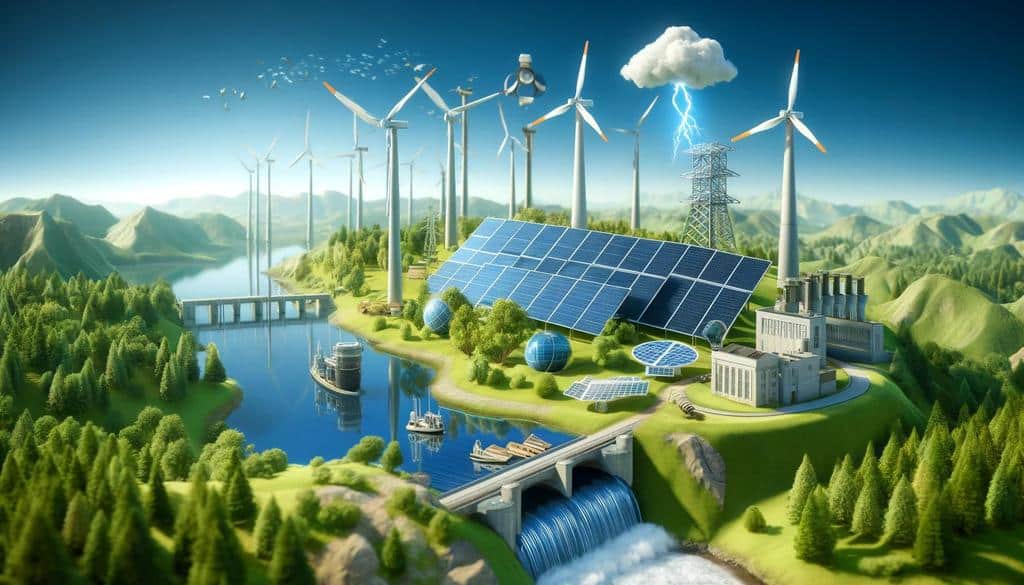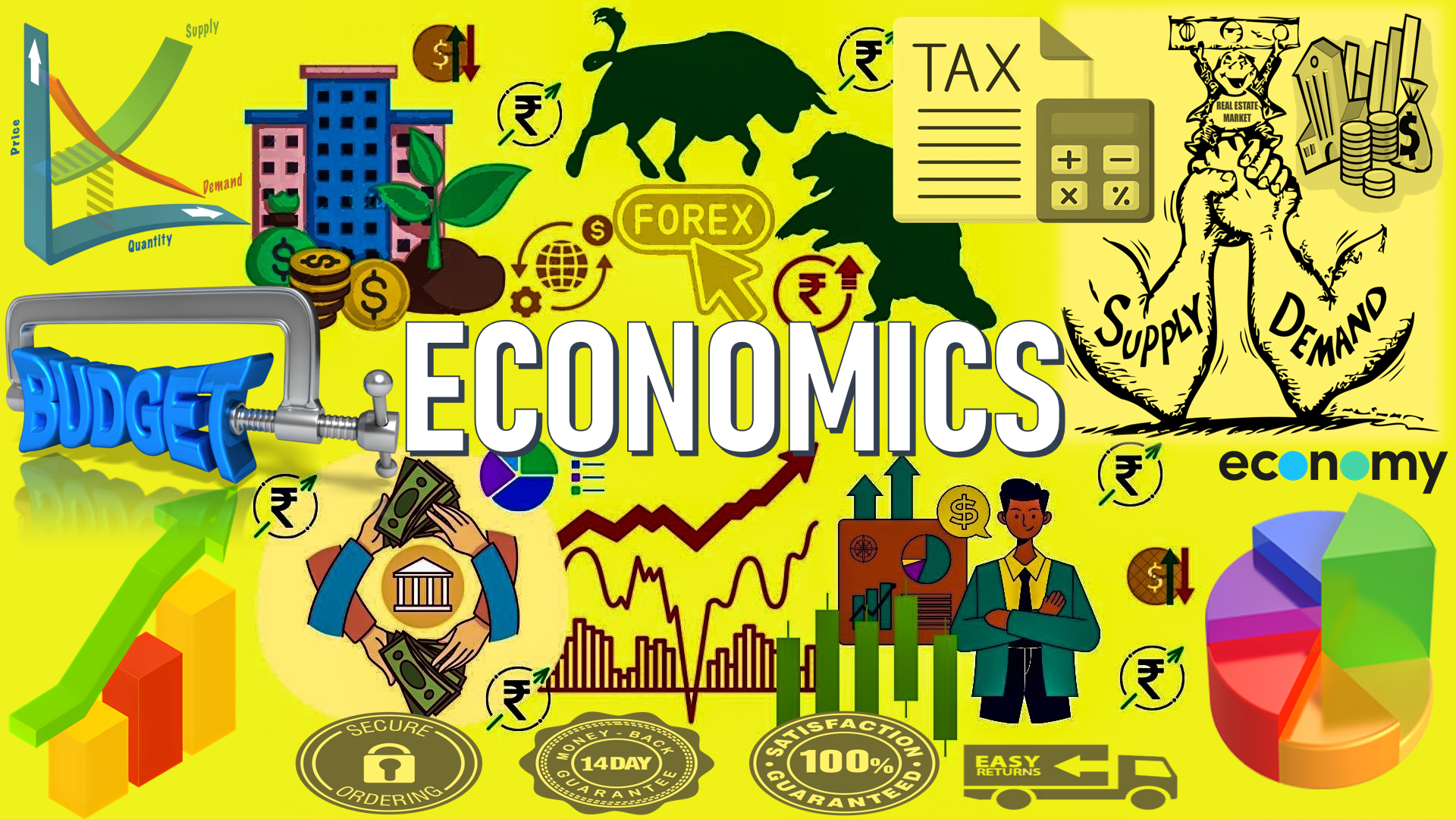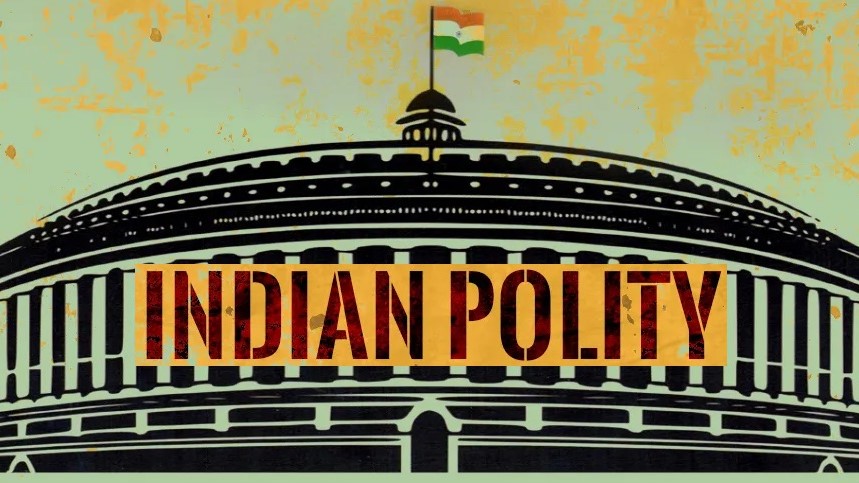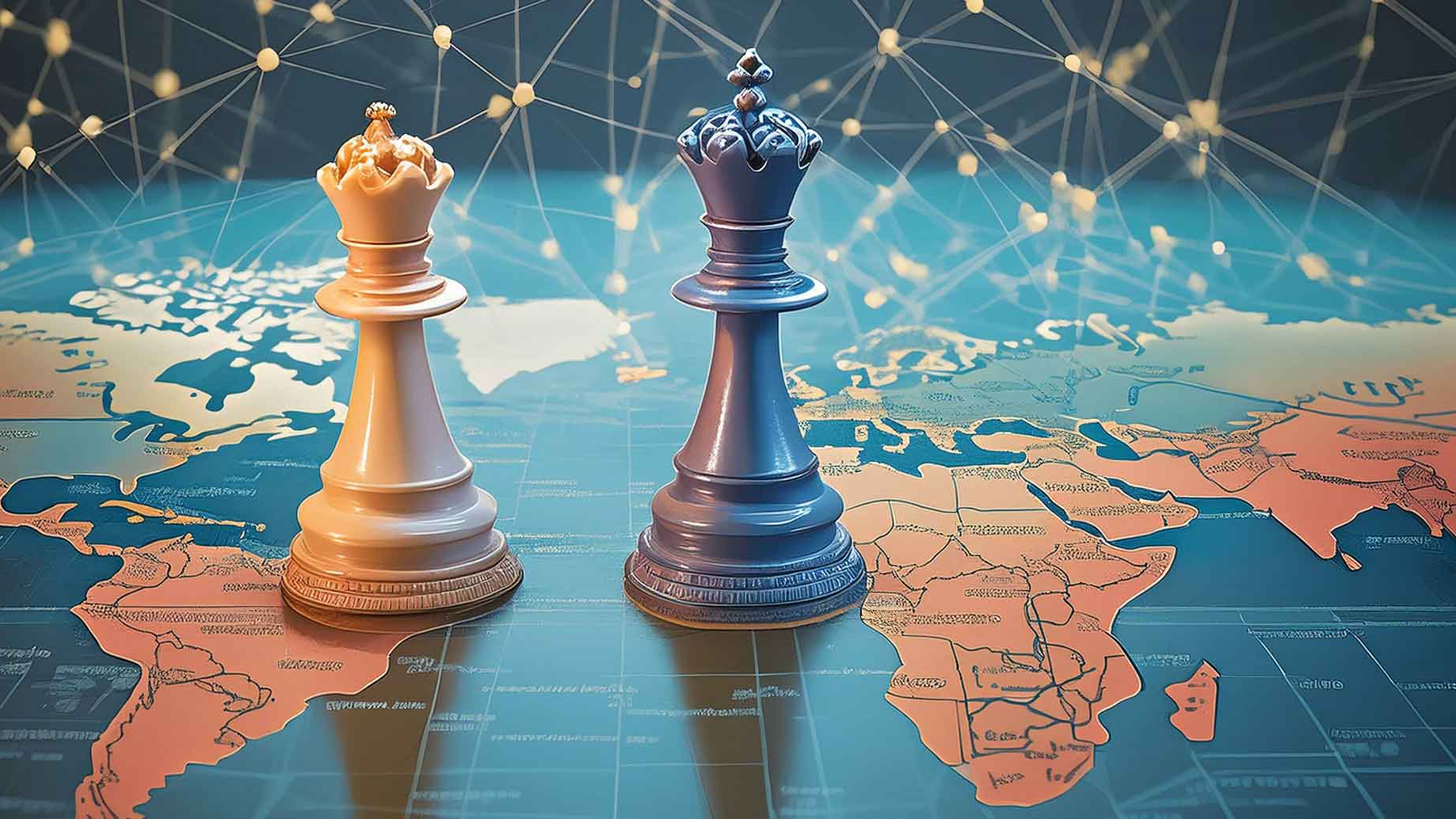India's Path to a Sustainable Energy Future: Balancing Growth, Equity, and Clean Energy Transition | (Fri 17 May 2024 05:30)

The global urgency to decarbonise has never been more pressing. Yet, for countries like India, the challenge lies in transitioning to cleaner energy sources without undermining economic growth or development. As the COP29 negotiations unfold amidst a complex web of global issues, India's journey towards decarbonisation demands a delicate balance—one that integrates equity, growth, and the active role of people at the heart of this transformation.
India's Growing Energy Demands and the Need for Flexibility
India, one of the fastest-growing economies in the world, is facing a rapid surge in energy demand. This growth is fueled by industrial expansion, urbanisation, and an improving standard of living. By 2032, the country's peak power demand is expected to reach nearly 370 gigawatts (GW), which is almost double its current capacity.
This dramatic increase in energy needs is a defining factor in shaping India’s approach to sustainable energy. To meet these demands, India must not only scale up its energy infrastructure but also build a flexible and adaptive energy system that can balance intermittent renewable energy sources with peak demand, while reducing carbon emissions.
The Need for a Flexible Energy System
Renewable energy sources such as solar and wind are environmentally sustainable, but their intermittent nature presents challenges. Unlike fossil fuels like coal and natural gas, which provide consistent power, renewable energy depends on weather conditions, which can be unpredictable. India’s goal to significantly increase its renewable energy generation will require a flexible energy system that can accommodate fluctuations in supply while balancing it with demand.
Such flexibility is key to ensuring energy security while advancing sustainability, making renewable energy a viable and reliable foundation for India's growing economy.
Strategic Approaches to Building a Sustainable Green Energy System
Shifting from Centralised to Decentralised Energy Models; Decentralised energy systems provide a promising solution for large-scale adoption of renewable energy. Distributed Renewable Energy (DRE) systems, like rooftop solar, are critical to this transition. However, making rooftop solar economically feasible for low-income households remains a challenge. A study by the Council on Energy, Environment, and Water (CEEW) found that 30% of India’s rooftop solar potential lies in the 0-1 kW capacity range, which remains expensive despite subsidies.
One potential solution is market-driven interventions, such as community-based solar initiatives, which can make solar power more accessible to a broader segment of the population, encouraging widespread adoption.
Moving from Capital Expenditure to Operational Expenditure Models
Historically, energy investments have focused on capital expenditure (capex), which involves significant upfront infrastructure costs. However, a sustainable energy transition in India will require a shift towards an operational expenditure (opex) model. This approach allows consumers to pay for energy services on a usage basis, reducing the financial burden of high initial costs.
For example, instead of individuals purchasing solar panels, utility companies could set up community solar projects and charge consumers based on their consumption. This model could be extended to other areas such as energy-efficient systems, district cooling, and clean mobility, aligning energy costs with actual usage and promoting more efficient energy distribution.
Prioritising Climate-Resilient Investments Over Short-Term Gains
Investing in climate-resilient infrastructure is crucial for long-term economic stability. Currently, more than 80% of India’s districts are considered climate-vulnerable, making them susceptible to economic and infrastructural disruptions due to climate change. By focusing on resilience, India can mitigate the risks associated with climate-induced disasters, reducing future costs and ensuring sustainable growth.
Encouraging businesses and investors to integrate climate risk assessments into their planning will align economic growth with environmental sustainability, safeguarding both the economy and the planet.
Additional Shifts for a Clean Energy Economy
Integrating with Global Supply Chains - To ensure energy security and strengthen its position in the global clean energy market, India should pursue strategic integration into international supply chains rather than adopting protectionist policies. Collaborating with other nations can help India become a leader in the solar photovoltaic (PV) and green hydrogen industries, tapping into global expertise and markets.
This approach promotes an international, rules-based system prioritising cooperation and interdependence, offering an alternative to protectionist trends seen in other countries.
Merging Decarbonisation with Digitalisation
India's dual revolutions in decarbonisation and digitalisation offer a unique opportunity to align energy infrastructure with digital technologies. The widespread adoption of smart meters and the growing internet connectivity in rural areas signal a shift from hardware-centric to software-driven energy management. Digital tools like AI-based systems and smart appliances can optimise energy flow, enabling real-time adjustments and increased resilience.
This shift will enhance efficiency, ensuring renewable energy sources can be seamlessly integrated into the grid and making energy management more adaptive to fluctuating demand.
Moving Towards a Circular Economy
A circular economy is essential for enhancing India’s energy resilience by maximising resource efficiency and securing critical mineral resources. India’s solar energy sector is set to generate substantial waste by 2030, making effective waste management and mineral recovery crucial.
The government's vision of establishing India as a circular economy hub for minerals and agricultural waste will not only address environmental challenges but also improve resource security and support other sectors such as water and agriculture, contributing to a holistic approach to sustainability.
People-Centric Energy Transition
A people-centric approach is critical for India’s energy transition. While significant funding flows towards large-scale renewable energy projects, consumer-focused financing often remains underdeveloped. Providing financial support for individuals to adopt green technologies—such as electric vehicles, rooftop solar, and energy-efficient building materials—can drive demand and foster widespread participation in the green economy.
By supporting small-scale investments and creating accessible financing options, India can empower communities and individuals to take ownership of the energy transition, fostering a vibrant and sustainable market for clean energy solutions.
The Conclusion
India's energy transition in the next decade is not merely about replacing fossil fuels with renewable energy; it requires a comprehensive rethinking of how energy, the economy, and the environment intersect. By embracing these strategic shifts, India can build a resilient, sustainable, and inclusive energy economy that balances growth with environmental responsibility.
At the core of this transformation lies the involvement of its people, ensuring that the energy future is not only sustainable but equitable, enabling citizens to actively participate in and benefit from the changes that will shape India's clean energy future.

Physics, Chemistry, Biology and Geography.

Computer Programming, languages & their frameworks.

Economics, Accounts and Management.

Reviewing old and new books.

Ancient, Medieval, Modern, World History.

Indian Constitution, Politics, Policies, etc.

Everything related to International Affairs.

For all humanities topics, except History & Polity.

Anything related to entertainment industry.

Mainly Cricket but other sports too.

CS, IT, Services & Corporate Sector.
Comments
No comments yet. Be the first to comment!
Leave a Comment